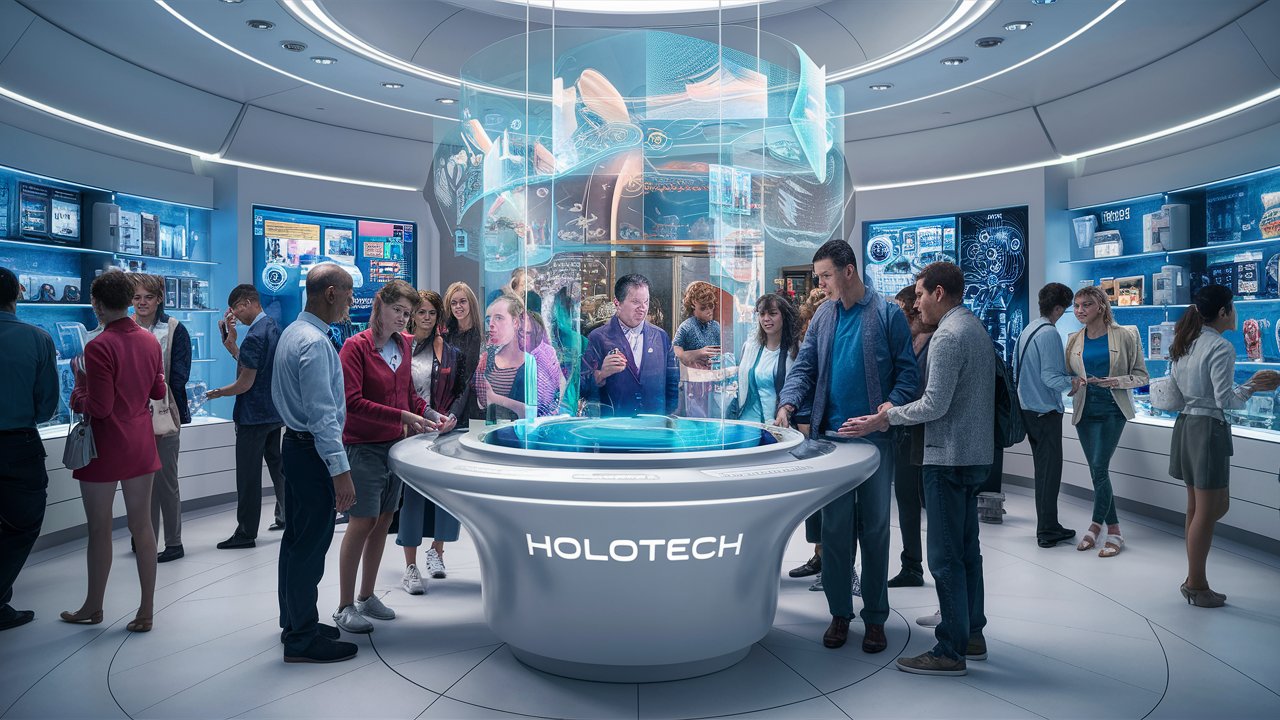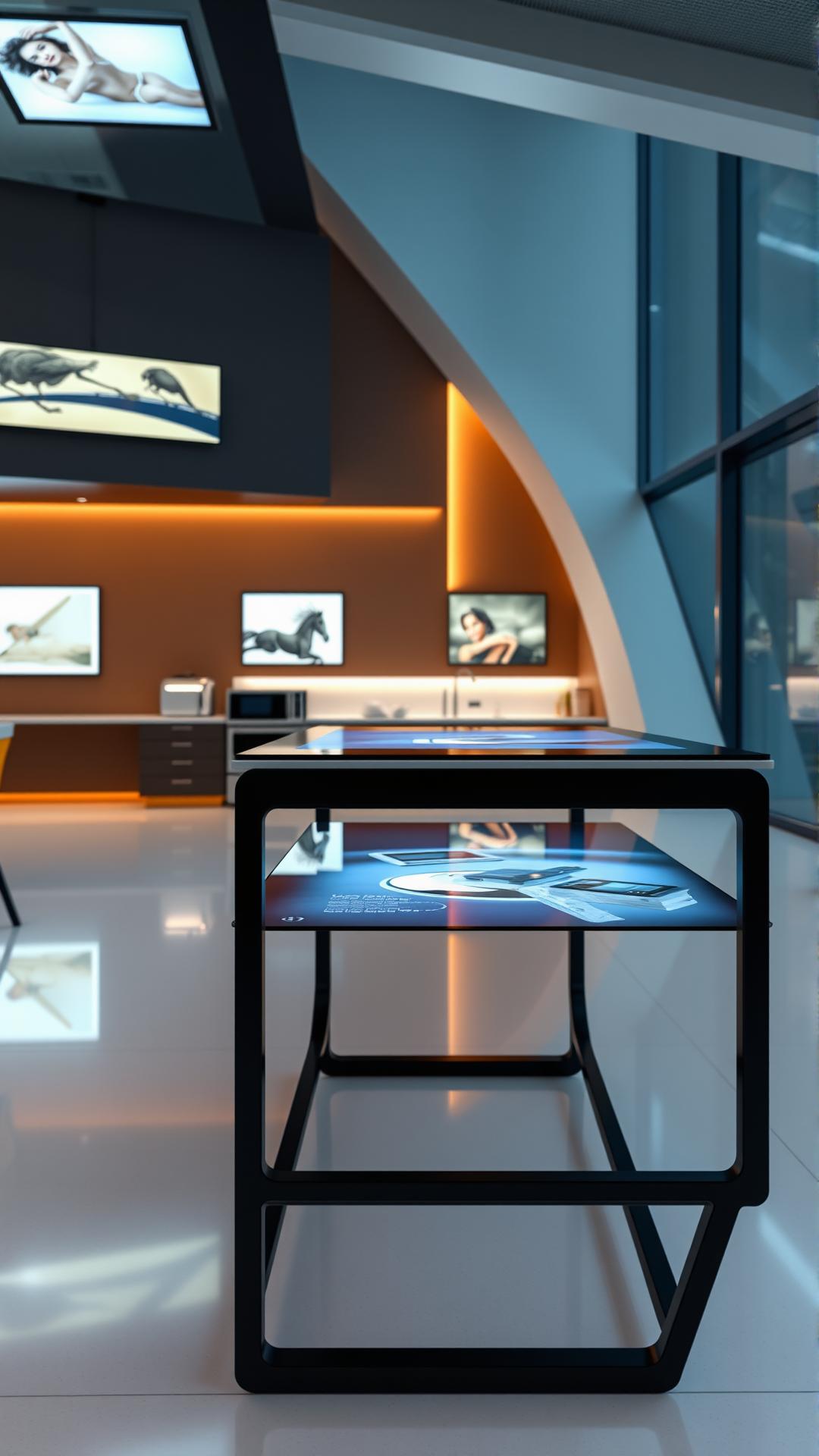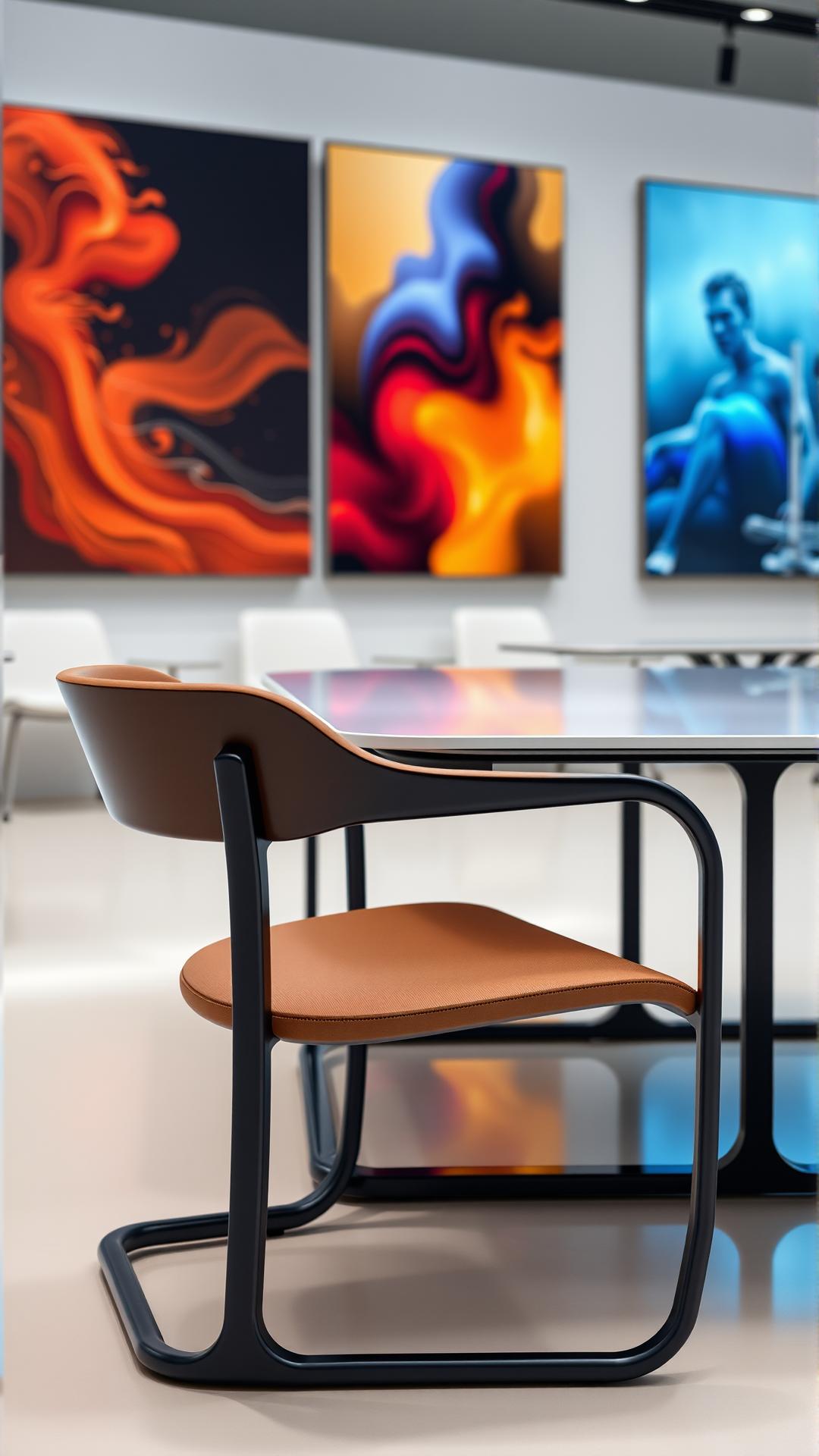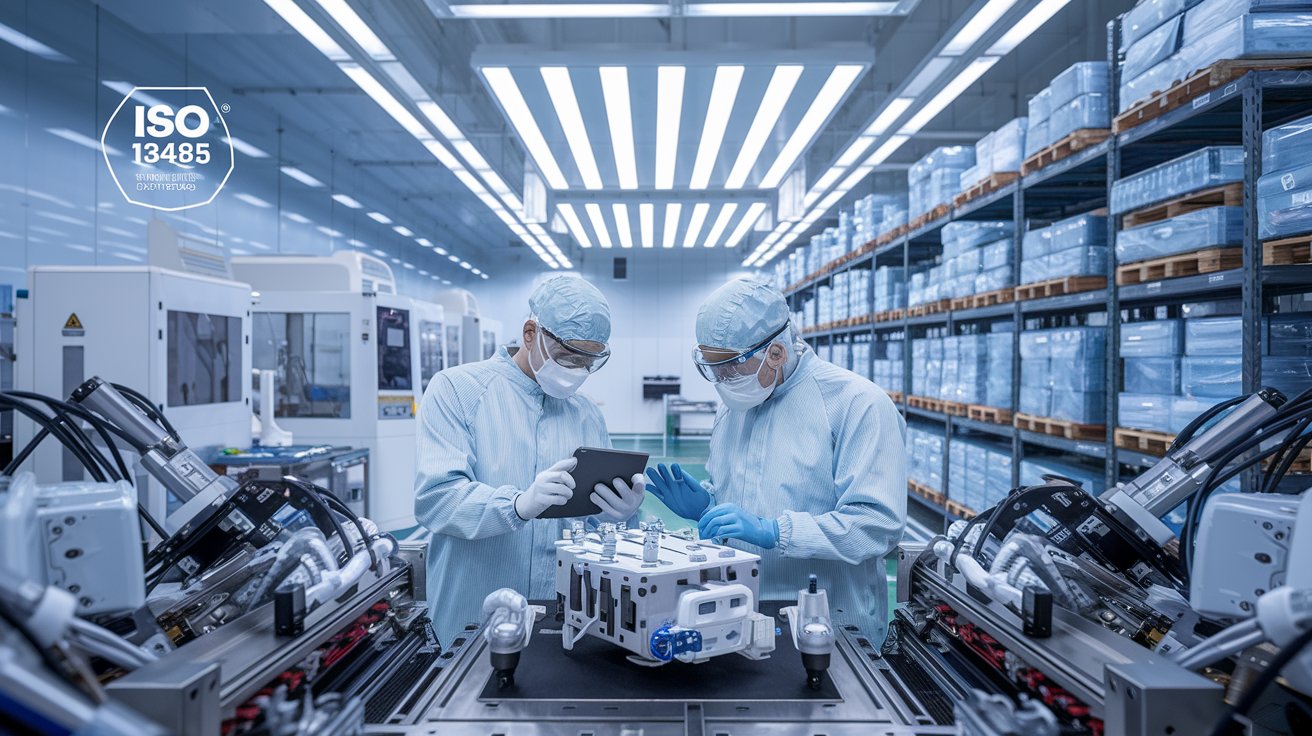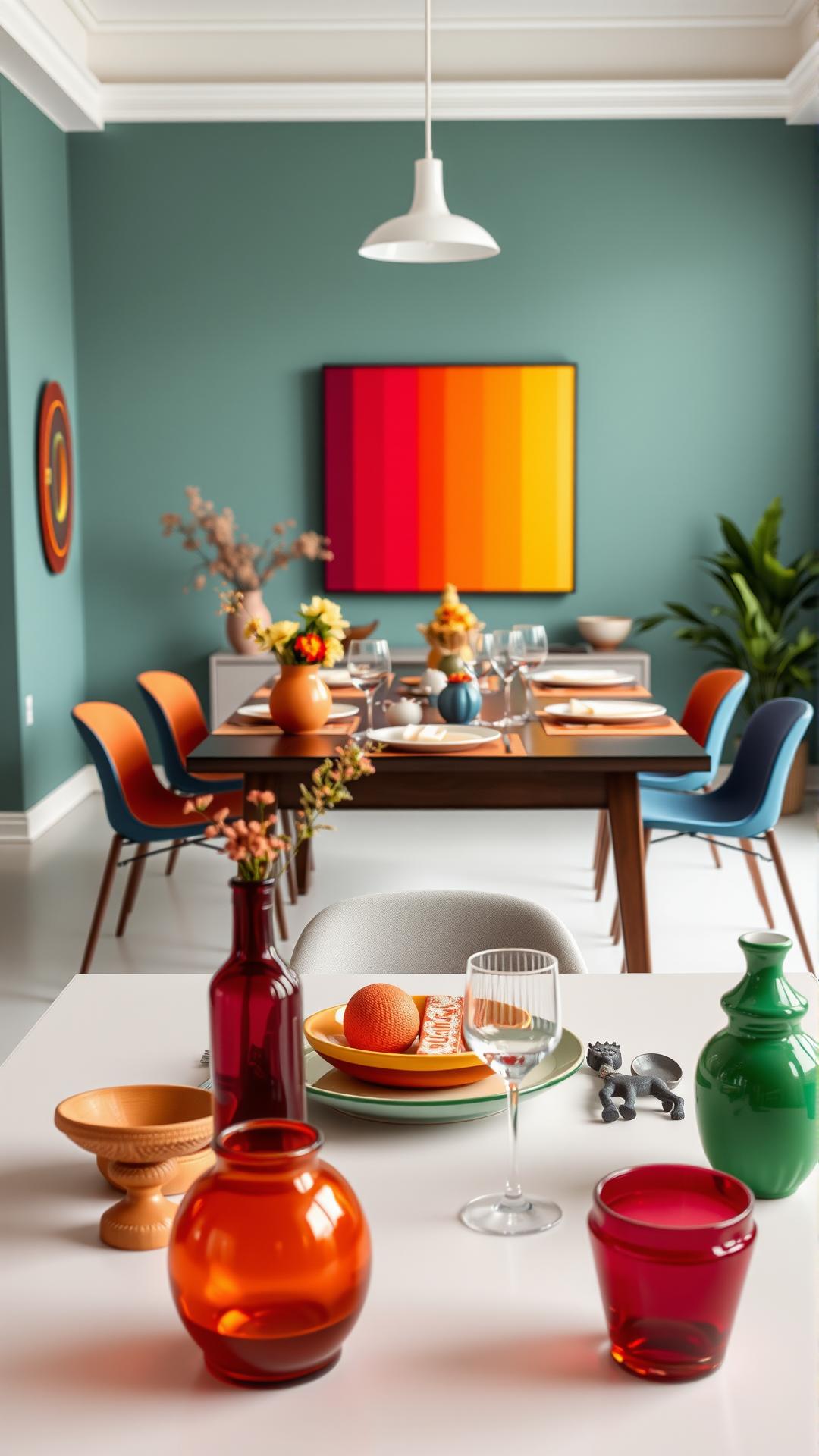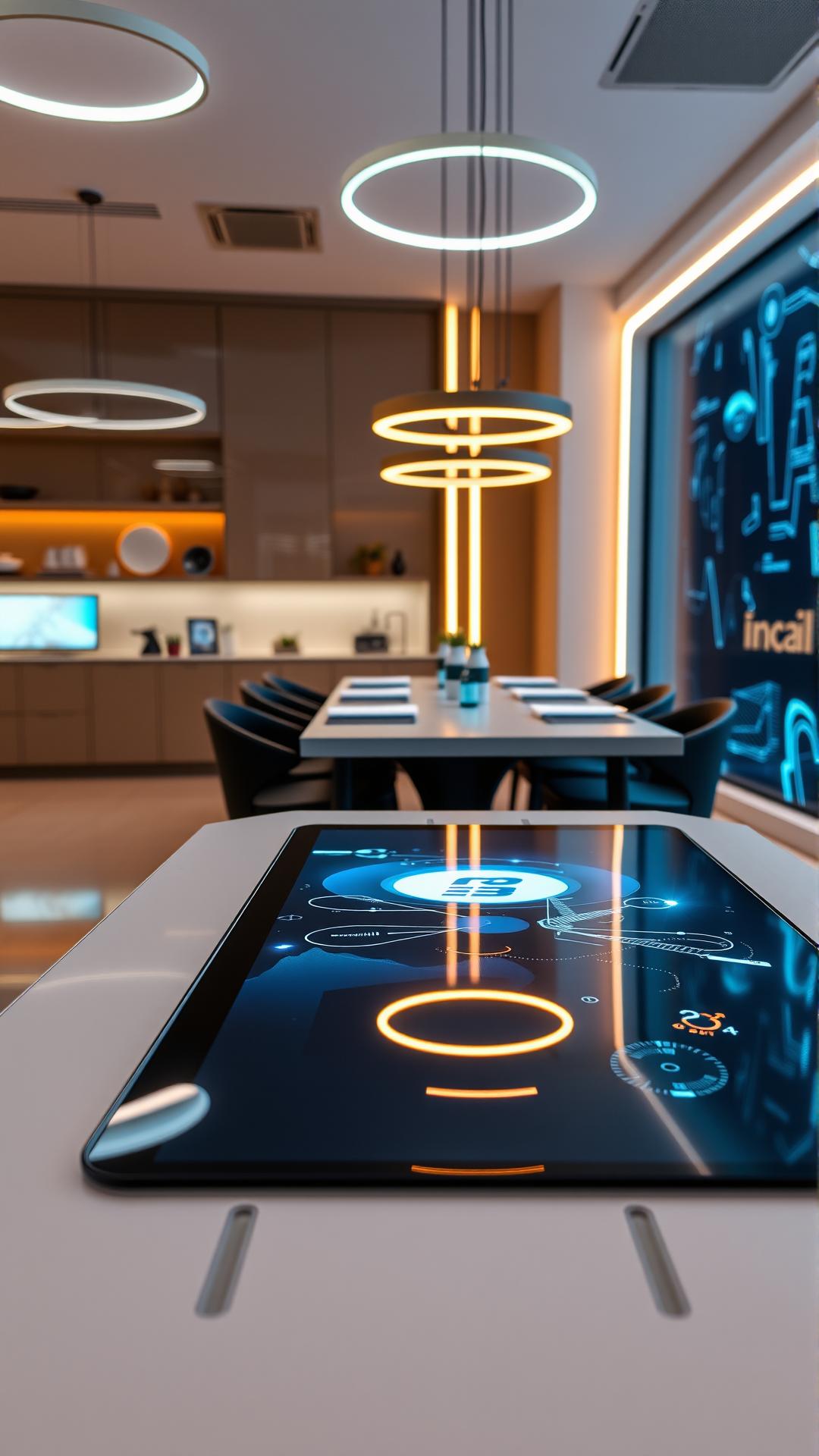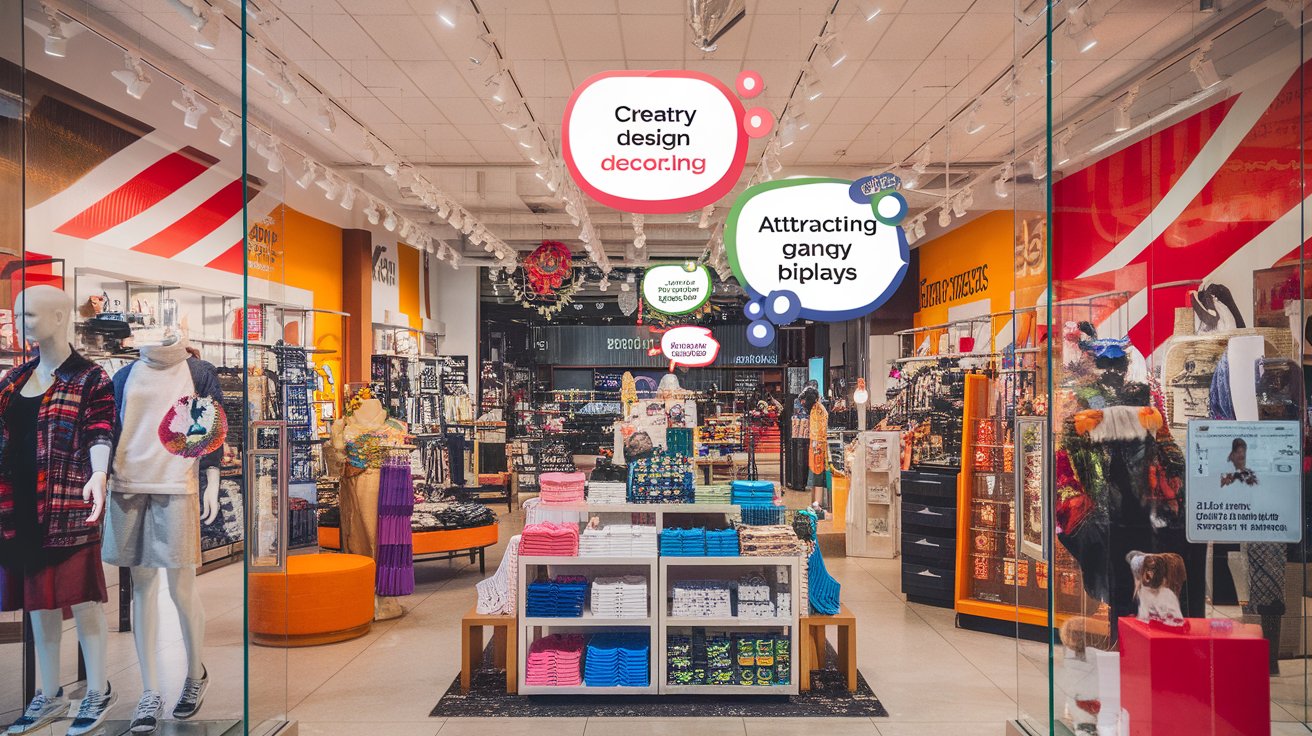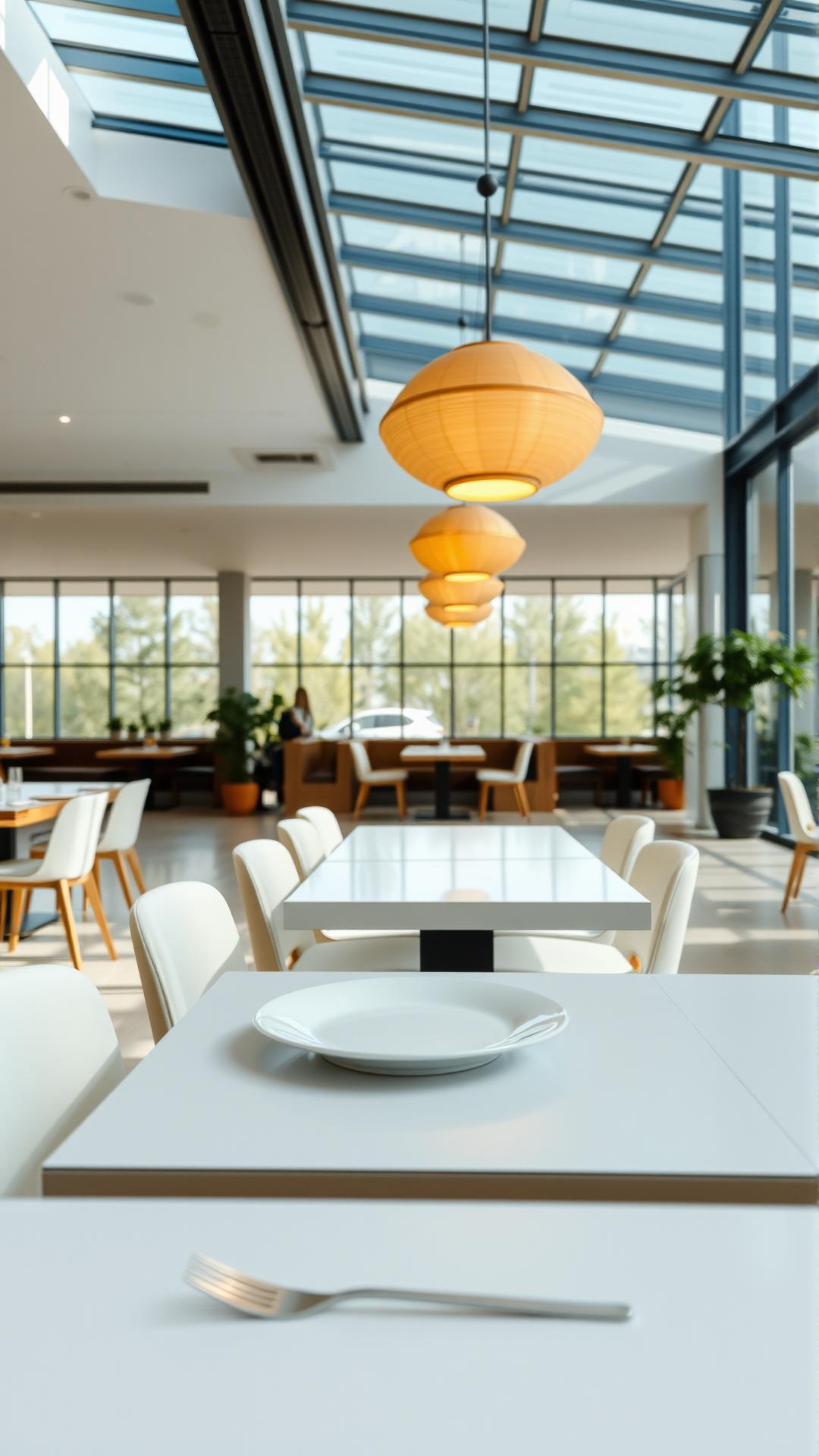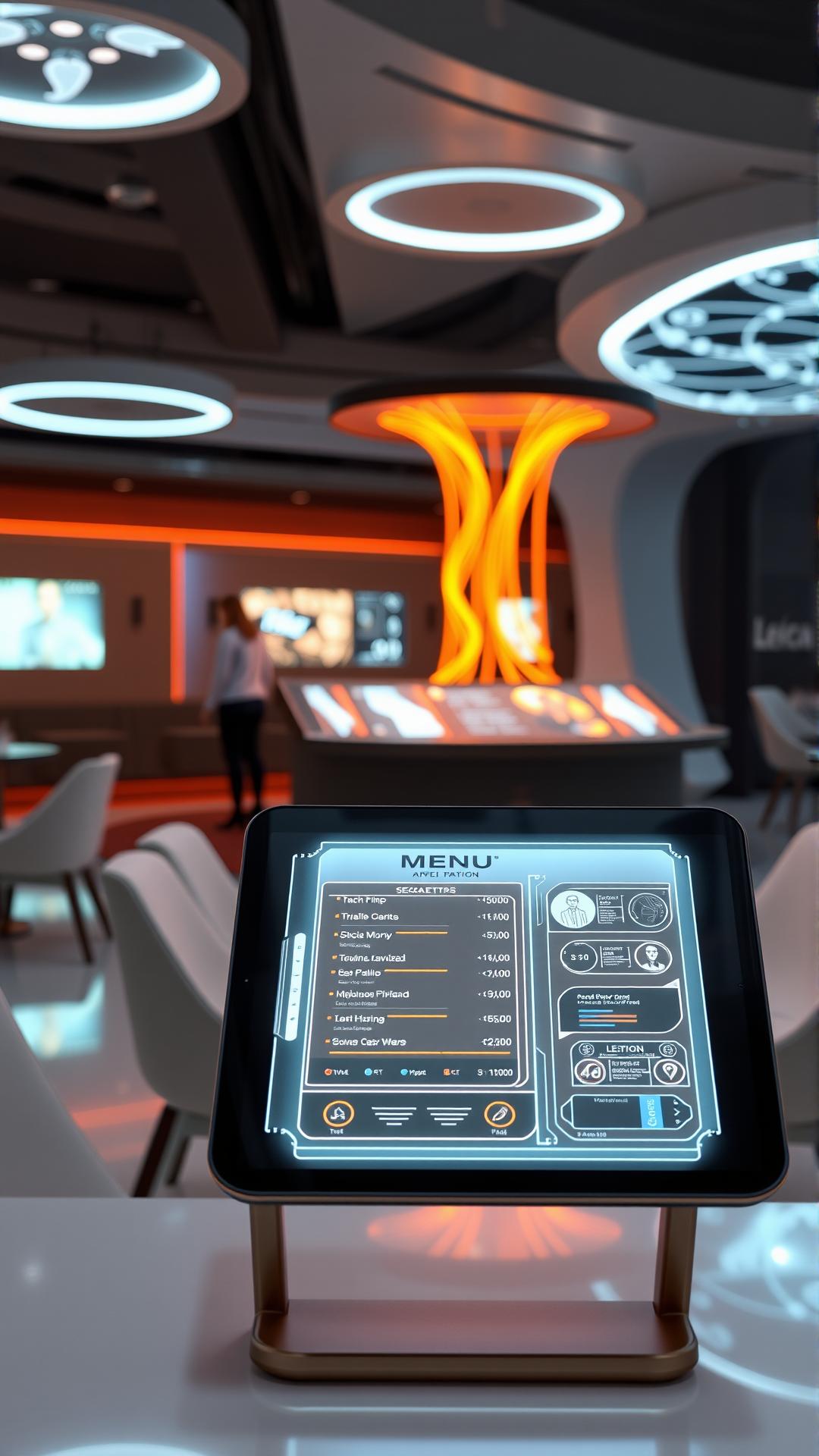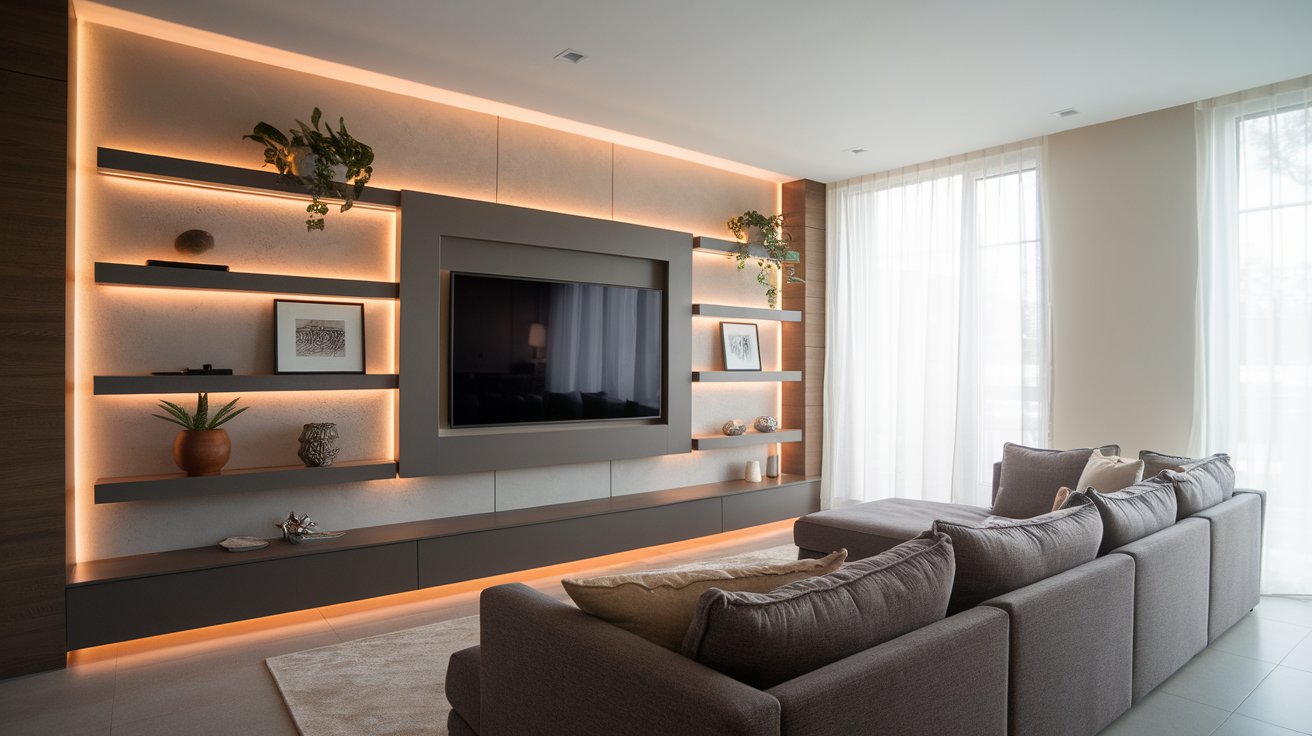Introduction
In an era where technology plays an integral role in our daily lives, the modern dining room has evolved into a multifaceted space that combines functionality with aesthetic appeal. The infusion of smart technology into dining room designs not only enhances convenience but also elevates the overall dining experience. In this article, we will explore modern dining room designs that incorporate advanced technology seamlessly into their layout and features, resulting in a space that reflects contemporary needs and preferences.
As we examine various design elements, we will delve into how these innovations can improve social interactions, dining comfort, and the ambiance of the dining environment. From automated lighting systems to interactive dining tables, modern dining room designs are tailored for a tech-inspired lifestyle while retaining the charm and elegance that dining spaces require. Let us embark on a journey through these innovative designs and discover how to transform your dining area into a tech-savvy haven.
Embracing Technology in Dining Room Design
The modern dining room has undergone a remarkable transformation driven by the integration of technology into its design. These advancements have not only streamlined functions but also enhanced the overall dining experience, making it more enjoyable and interactive. Smart appliances and automated systems are among the primary components that have redefined how we engage during meal times.
One of the most transformative elements in contemporary dining spaces is the emergence of smart appliances. These devices, from intelligent refrigerators that manage grocery inventories to ovens that can be controlled remotely via smartphones, have simplified meal preparation and planning. Imagine a dining room where the cooking process is seamlessly orchestrated through voice-activated devices or apps, allowing for a more relaxed atmosphere. This integration ensures that every meal can be a fuss-free experience focused on quality time with family and friends rather than logistical challenges.
Another significant trend in tech-inspired dining rooms is the installation of automated systems that regulate various aspects of the environment. Lighting plays a pivotal role in setting the mood for dining experiences, and smart lighting solutions now allow homeowners to adjust brightness and color temperature at the touch of a button. Automated window treatments can also enhance privacy and light control, creating the perfect ambiance whether it’s an intimate dinner or a lively gathering.
The rise of integrated sound systems has made it easier to curate the perfect soundtrack for mealtime. Surround sound speakers, discreetly built into the walls or ceiling, can be connected to devices that sync music based on the occasion or personalized playlists created for family dinners. This focus on multi-sensory engagement ensures that guests enjoy not just the meal but also the entire dining experience.
As technology continues to evolve, so does the ability to personalize the dining experience. With options for customizable tables featuring embedded screens for digital menus or augmented reality elements, the potential for creativity in dining room design is virtually limitless. This adaptability caters to individual tastes and trends, thus enhancing the way we form connections around the table.
The integration of smart appliances, automated systems, and personalized tech features is reshaping modern dining rooms into dynamic spaces where functionality meets aesthetic appeal. The effort to create tech-inspired designs echos the importance of connection—in both culinary exploration and shared experiences—making every meal memorable.
Furniture Trends for a Modern Dining Room: Embracing Tech-Inspired Designs
Materials and Designs that Complement Technology
The modern dining room is evolving, reflecting not only changing tastes but also the influence of technology in our lives. Furniture trends that occupy the forefront today are those that seamlessly blend aesthetics with functionality, emphasizing the importance of materials and designs that cater to the tech-savvy homeowner. Sustainable materials, for instance, have gained traction. Furniture made from reclaimed wood, bamboo, or recycled composites not only looks contemporary but also aligns with eco-friendly philosophies, resonating well with the tech-conscious generation.
Metal accents, particularly those in matte black or brushed nickel, are becoming increasingly popular. These materials help create a sleek look while providing durability, making them ideal for both everyday use and entertaining. The contemporary dining table often features a mix of these materials, marrying natural textures with industrial designs, which enhances the visual appeal while setting a sophisticated tone.
In terms of design, many modern dining rooms are integrating multi-functional furniture. Expandable tables, for example, offer the flexibility needed to accommodate varying group sizes without compromising style. The emergence of tabletops with built-in wireless charging stations marks an exciting innovation, allowing guests to recharge their devices seamlessly while dining.
Seating trends have also transformed dramatically. Upholstered dining chairs and benches with smart fabric technology are gaining attention, offering both comfort and performance. These fabrics are often stain-resistant or temperature regulating, making them perfect for homes that prioritize functionality parallel to elegance. Ergonomics plays a significant role here, with designers focusing on creating seating that is not only visually appealing but highly comfortable for long meals.
Storage solutions are another critical aspect of modern dining room furniture trends. Sideboards and buffets that incorporate smart storage systems can keep the dining area organized while providing a clean aesthetic. Concealed compartments for technology and sleek lines contribute to a clutter-free space, ensuring that smart appliances can be integrated without disrupting the design continuity.
As the digital age continues to shape how we live and interact, the furniture of modern dining rooms emerges as a canvas for innovation. This intersection of technology and design not only redefines functional spaces but also enhances the dining experience, making it memorable and engaging for all. The choice of furniture today does not merely reflect personal style but attests to a lifestyle that values both form and function.
Color Schemes that Enhance Modern Designs
Color Palettes for a Tech-Inspired Atmosphere
The choice of color scheme plays a pivotal role in shaping the atmosphere of a modern dining room, especially in a tech-inspired environment. Color not only influences the aesthetic appeal but also affects emotions and social interactions that occur within the space. In contemporary designs, hues that evoke calmness and sophistication, such as soft grays, muted earth tones, and crisp whites, can create a serene backdrop against which technology can shine. These colors also tend to reflect light, enhancing the feeling of space while complementing sleek, high-tech finishes of dining furniture and accessories.
Contrasting elements—like a bold accent color such as deep blues or vibrant greens—can serve as focal points, drawing the eye and introducing an element of modernity. These hues can be introduced through art pieces, decorative table settings, or even statement dining chairs that harmonize with smart materials and fixtures. Such contrasts not only energize the room but can also stimulate conversations, encouraging a lively dining experience.
The Psychology of Color in Dining Spaces
The psychological effects of color are well-documented, and leveraging this in a dining room can enhance both aesthetic beauty and practical functionality. For example, warm colors like optimistic oranges and cheerful yellows can evoke feelings of warmth and friendliness, perfect for hosting gatherings or family dinners. These colors work synergistically with smart technology like ambient lighting systems, which can adjust to enhance or soften the overall hue of the room, depending on the occasion.
Integrating shades that align with personal and stylistic preferences helps create a unique identity for the dining space. For those who prefer a minimalist approach, the use of monochromatic schemes with varying shades of a single color can create a unified and sophisticated look. This approach also allows for flexibility when incorporating technology, as smart devices often come in sleek, neutral designs that fit seamlessly into understated palettes.
The goal is to foster an inviting and stimulating environment while ensuring that the technological aspects serve as complements to the overall design. In tech-inspired spaces, employing color thoughtfully can greatly contribute to a cohesive look that embraces modernity without sacrificing comfort and warmth, creating a dining area that feels both innovative and welcoming.
Incorporating Smart Technology into Dining Spaces
Enhancing Modern Dining Room Designs
Modern dining rooms are evolving as the intersection of design, comfort, and technology. The integration of smart home technology into dining spaces is not just about convenience but also enhances the aesthetic appeal and functionality of the area. Imagine controlling your dining environment effortlessly through a unified smart system that merges ambiance with self-care. Smart technology can transform a simple meal into a spectacular dining experience.
One prominent example is smart lighting. Utilizing adjustable LED light fixtures allows homeowners to control brightness and color temperature via smartphone apps. This can set the mood for various occasions, whether it’s an intimate dinner or a vibrant family gathering. Dimming lights or changing their hue can be done seamlessly, helping to create the perfect atmosphere. Smart lighting systems can also schedule automatic adjustments based on the time of day, enhancing the natural flow of the space.
Another practical application is the use of smart dining tables equipped with wireless charging stations and built-in speakers. These tables can provide both a central point for dining and a hub for connectivity. With Bluetooth audio systems integrated, playing background music becomes both easy and accessible without cluttering the surfaces with wires or devices. Similarly, having a central charging point allows gadgets to remain charged without distracting from the table setting.
Smart appliances can also be a significant asset in modern dining room designs. Refrigerators with built-in displays can help track meal planning and grocery lists, making it easier to collaborate with family when preparing meals. Smart ovens can be programmed remotely, allowing for a seamless cooking experience while you entertain guests in the dining area. Such technology not only simplifies the cooking process but also encourages a more interactive dining experience.
Smart climate controls can enhance comfort by automatically adjusting the temperature according to the dining event’s needs. Imagine hosting a dinner party with guests feeling perfectly comfortable regardless of the season. These devices can be synced with the rest of the home automation system, allowing for effortless adjustments without interrupting the meal.
Incorporating these smart features into a modern dining room can significantly enhance the experience of both daily meals and special occasions, making it a space of convenience and advanced functionality while maintaining a contemporary aesthetic.
The Importance of Open Spaces in Dining Room Design
Influence of Open Floor Plans on Modern Dining Spaces
The concept of open floor plans has profoundly reshaped modern dining room designs, promoting a fluid sense of space and encouraging seamless transitions between different areas of the home. This layout is particularly favored in contemporary homes, where the boundaries between the kitchen, dining area, and living spaces blur, enhancing social interactions and enabling a more engaged lifestyle. Open spaces not only contribute to aesthetics but also optimize functionality, allowing homeowners to incorporate technological elements more efficiently.
The relationship between open floor plans and technology integration is significant. In a home designed with an open concept, smart home devices can be strategically placed to serve multiple areas simultaneously. For instance, a central control panel in the dining area can manage lighting, sound systems, and even smart appliances in the adjacent kitchen. This interconnectedness fosters an environment of convenience, allowing for effortless adjustments to lighting or ambiance—ideal for both casual family meals or formal entertaining.
With the increasing demand for multi-functional spaces, open layouts facilitate the incorporation of versatile furniture that can adapt to technological needs. For example, a dining table can feature built-in wireless charging pads, allowing devices to be charged while dining. This blending of form and function exemplifies how modern designs are evolving to accommodate technology, all while maintaining a spacious and inviting area for gatherings.
The Role of Natural Light and Visual Continuity
Open spaces often benefit from abundant natural light, amplifying the visual appeal of the dining room. Large windows and sliding doors not only enhance the aesthetic value but also align with the increasing use of smart window treatments that can be programmed for optimal light management. This integration of technology into the physical design allows for efficient climate control and creates a comfortable ambiance for diners, making every meal a more enjoyable experience.
The open layout promotes visual continuity throughout the home. The use of cohesive materials and color palettes creates a harmonious environment that feels both sophisticated and welcoming. Each area flows into the next, providing an understated elegance that resonates with modern sensibilities. This design approach not only enhances the function of the dining room but also establishes a narrative that aligns with the technological advancements of today’s home, setting a foundation for the future of dining experiences.
Future Trends in Dining Room Design: Tech-Infused Aesthetics
Emerging Innovations Shaping Dining Experiences
As we look toward the future, dining room design is undergoing a remarkable transformation influenced by technology and modern aesthetics. This evolution is not merely about integrating gadgets; it focuses on creating a holistic dining experience that merges form and function seamlessly. Smart technology is becoming an intrinsic part of dining areas, paving the way for innovative features that enhance usability while maintaining visual appeal.
One of the most prominent trends is the incorporation of smart table systems that can adjust their surface temperature, monitor food temperatures, and even assist in meal preparation. These smart tables can come equipped with touch-sensitive controls and integrated screens that provide nutritional information and recipe recommendations based on the ingredients placed on them. Imagine a table that changes colors based on the type of cuisine being served, creating an immersive dining atmosphere tailored to every occasion.
Lighting is another crucial aspect where technology meets design. Advanced lighting systems allow for complete control over ambiance, with options to adjust brightness and color temperatures via smartphone apps or voice commands. Flexible lighting solutions can transition from bright and energetic during casual meals to warm and intimate for special gatherings. Additionally, sensors can automatically adapt lighting based on natural light levels, ensuring a constantly pleasant environment.
Another exciting trend is the integration of augmented reality (AR) into dining rooms. Picture using AR glasses that provide interactive menus, enabling diners to visualize their choices before placing an order, or even receive virtual chef demonstrations. This could elevate family dinners, turning them into interactive culinary experiences that foster engagement and creativity, particularly in households with children.
Sustainable technology will play a key role in future dining room designs. Expect to see smart appliances that help monitor energy consumption, along with eco-friendly materials that complement tech advancements. The demand for energy-efficient designs, such as smart refrigerators that suggest meals based on leftover ingredients, will undoubtedly reshape how we think about kitchen and dining spaces.
As these trends continue to materialize, dining areas will evolve beyond mere spaces for meals, becoming multifunctional hubs that combine technology and lifestyle, leading to a more enriching social experience.
Conclusions
The modern dining room is no longer just a place to enjoy meals; it has transformed into a dynamic space that embraces technology while fostering connection among family and friends. Through the exploration of smart features and contemporary design principles, we’ve seen how this space can adapt to the changing needs of society. By integrating technology into the dining room, homeowners can create an environment that enhances functionality, comfort, and aesthetic appeal.
Fusion of technology and design is essential in crafting a dining room that serves not only as a place for meals but also as a social hub where memories are made. As you consider your dining space, think about incorporating these modern elements to cultivate an inviting atmosphere that reflects both style and innovation.


